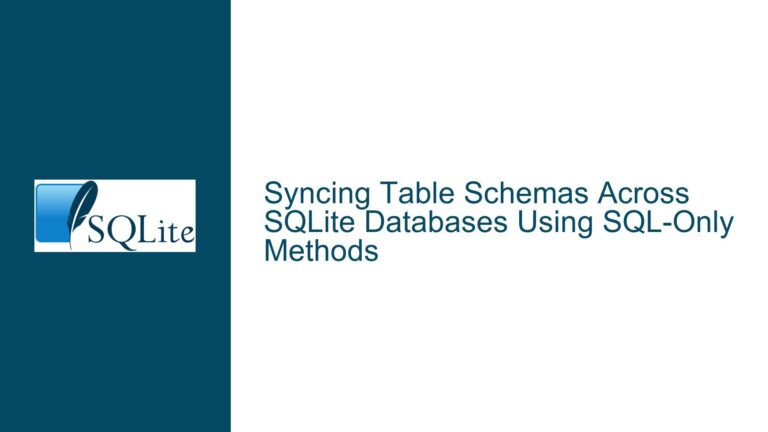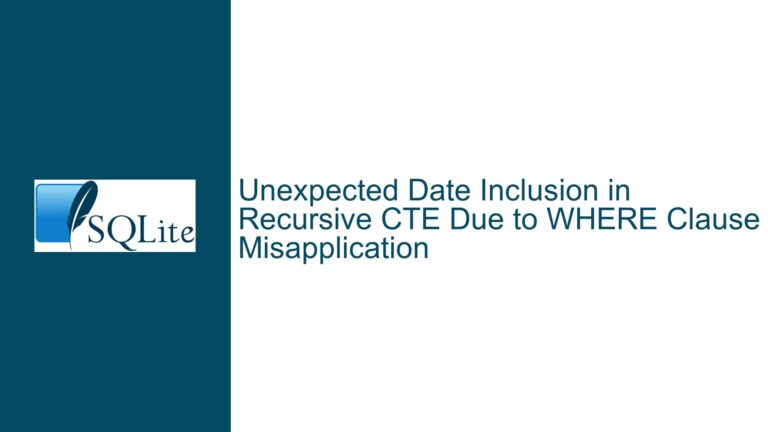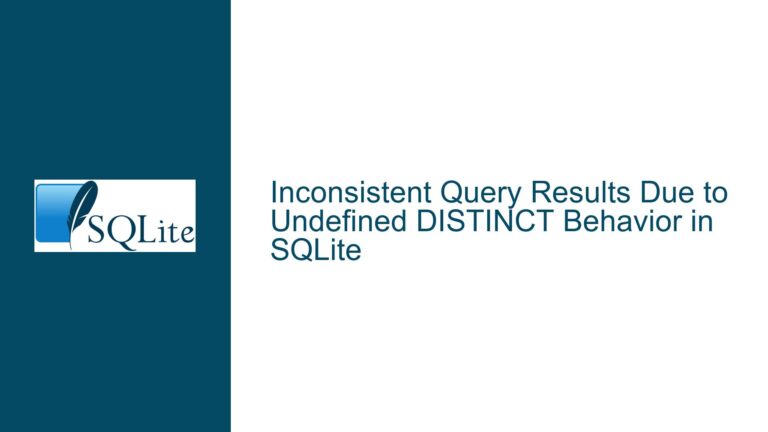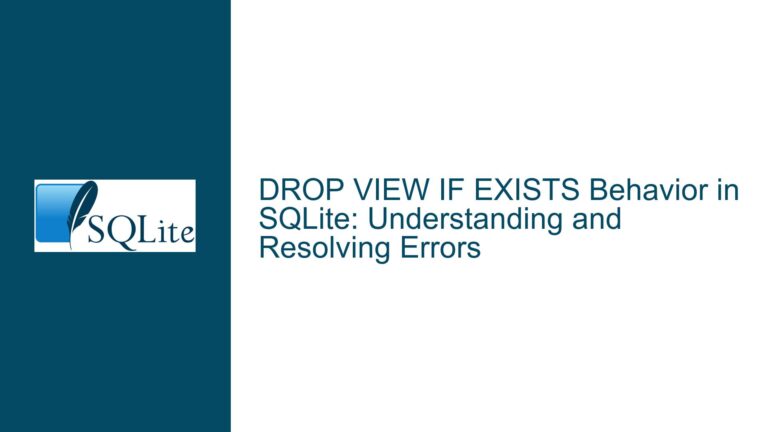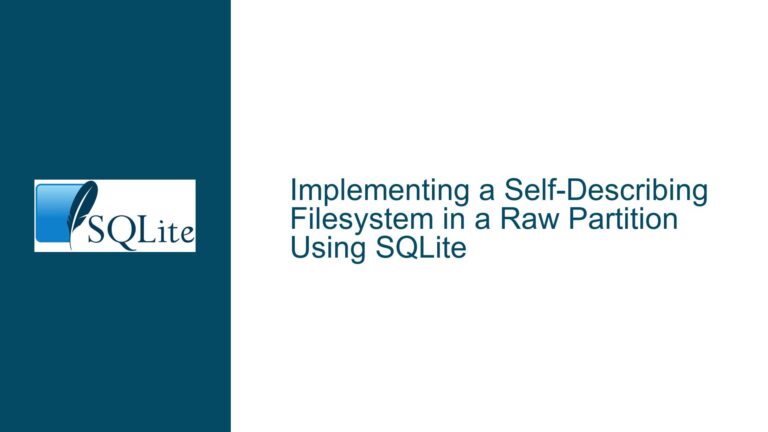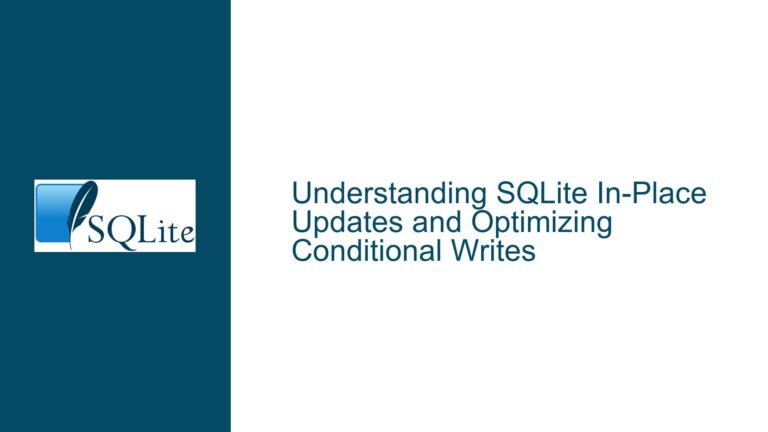Syncing Table Schemas Across SQLite Databases Using SQL-Only Methods
Structural Parity Between Tables in Separate SQLite Databases: Schema Synchronization Challenges Identifying Missing Columns and Generating Schema Alterations The core challenge revolves around maintaining structural parity between two tables (table) residing in separate SQLite databases (master and slave). These tables start with identical schemas but evolve independently, requiring periodic synchronization of column additions. The process…
